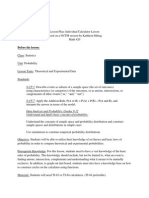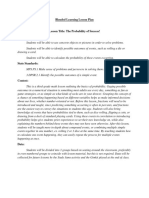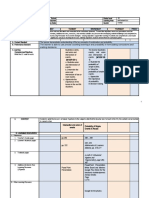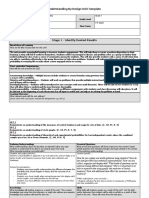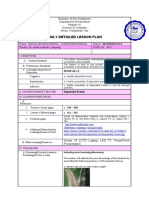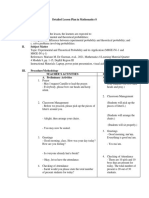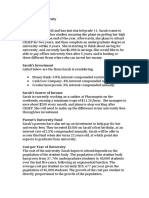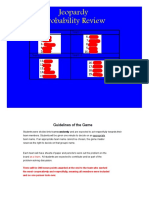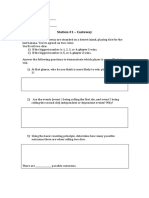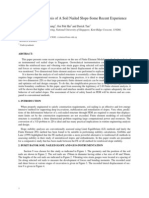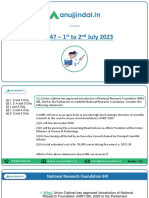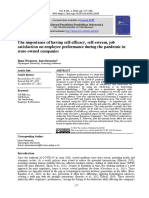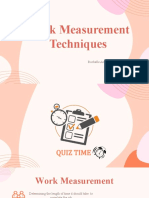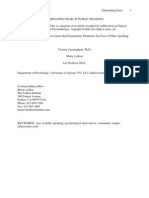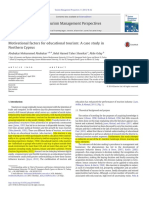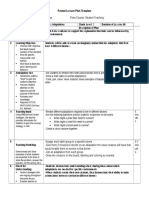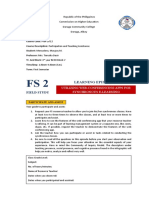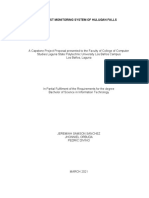0% found this document useful (0 votes)
71 views5 pagesDate Lesson Title Grade Level Course: Probability
The lesson aims to consolidate students' learning on probability through a series of stations focusing on key concepts like counting principles, Venn diagrams, tree diagrams, and the distinction between experimental and theoretical probability. Students will work through activities in groups, rotating between 4 stations, with the teacher circulating to ensure understanding. Assessment will include an online quiz and observing students' work. The objectives are for students to understand probability concepts like independence, outcomes, and use of diagrams - showing they have attained the learning goals through their work and discussion.
Uploaded by
api-447408766Copyright
© © All Rights Reserved
We take content rights seriously. If you suspect this is your content, claim it here.
Available Formats
Download as DOCX, PDF, TXT or read online on Scribd
0% found this document useful (0 votes)
71 views5 pagesDate Lesson Title Grade Level Course: Probability
The lesson aims to consolidate students' learning on probability through a series of stations focusing on key concepts like counting principles, Venn diagrams, tree diagrams, and the distinction between experimental and theoretical probability. Students will work through activities in groups, rotating between 4 stations, with the teacher circulating to ensure understanding. Assessment will include an online quiz and observing students' work. The objectives are for students to understand probability concepts like independence, outcomes, and use of diagrams - showing they have attained the learning goals through their work and discussion.
Uploaded by
api-447408766Copyright
© © All Rights Reserved
We take content rights seriously. If you suspect this is your content, claim it here.
Available Formats
Download as DOCX, PDF, TXT or read online on Scribd
/ 5






